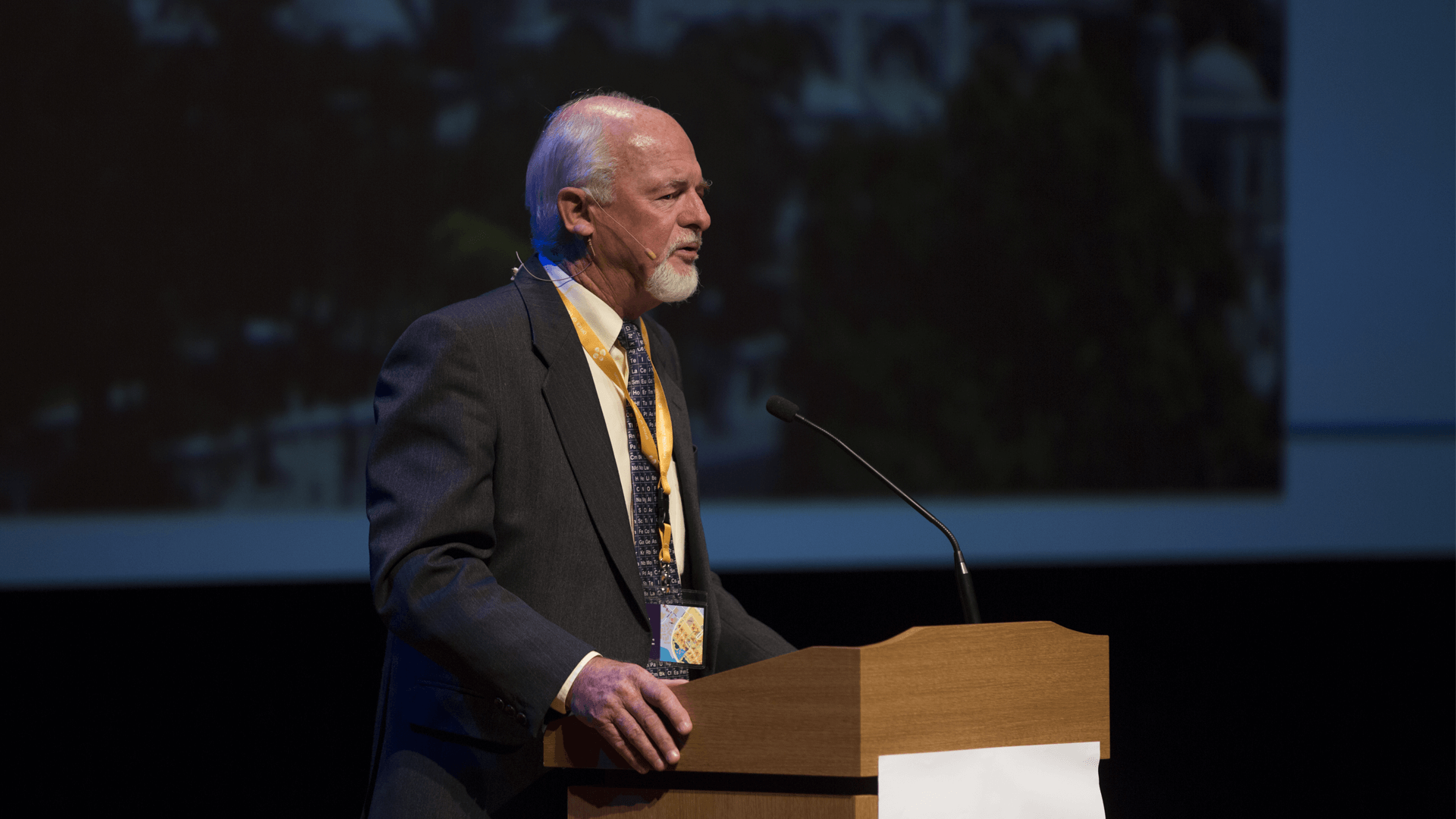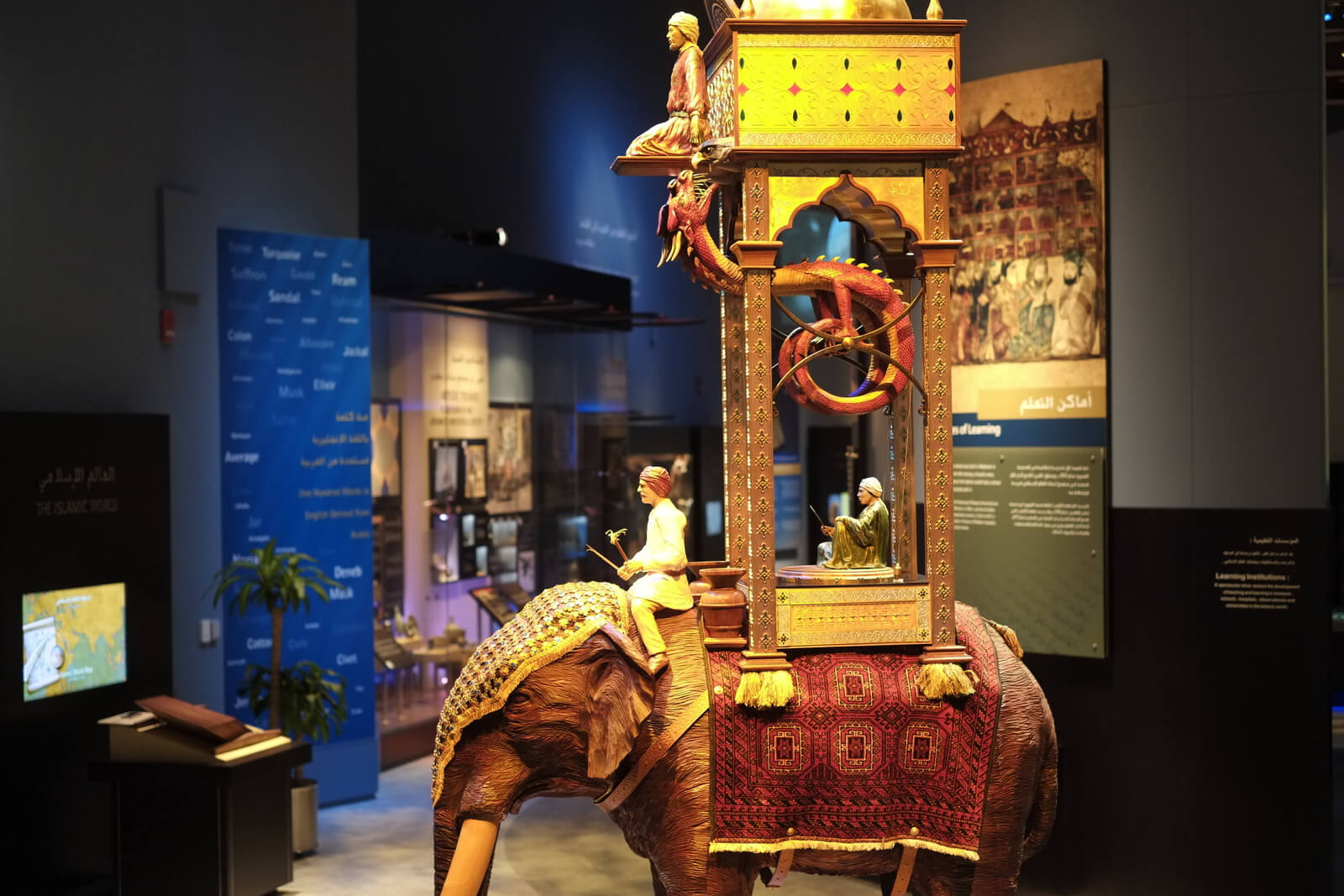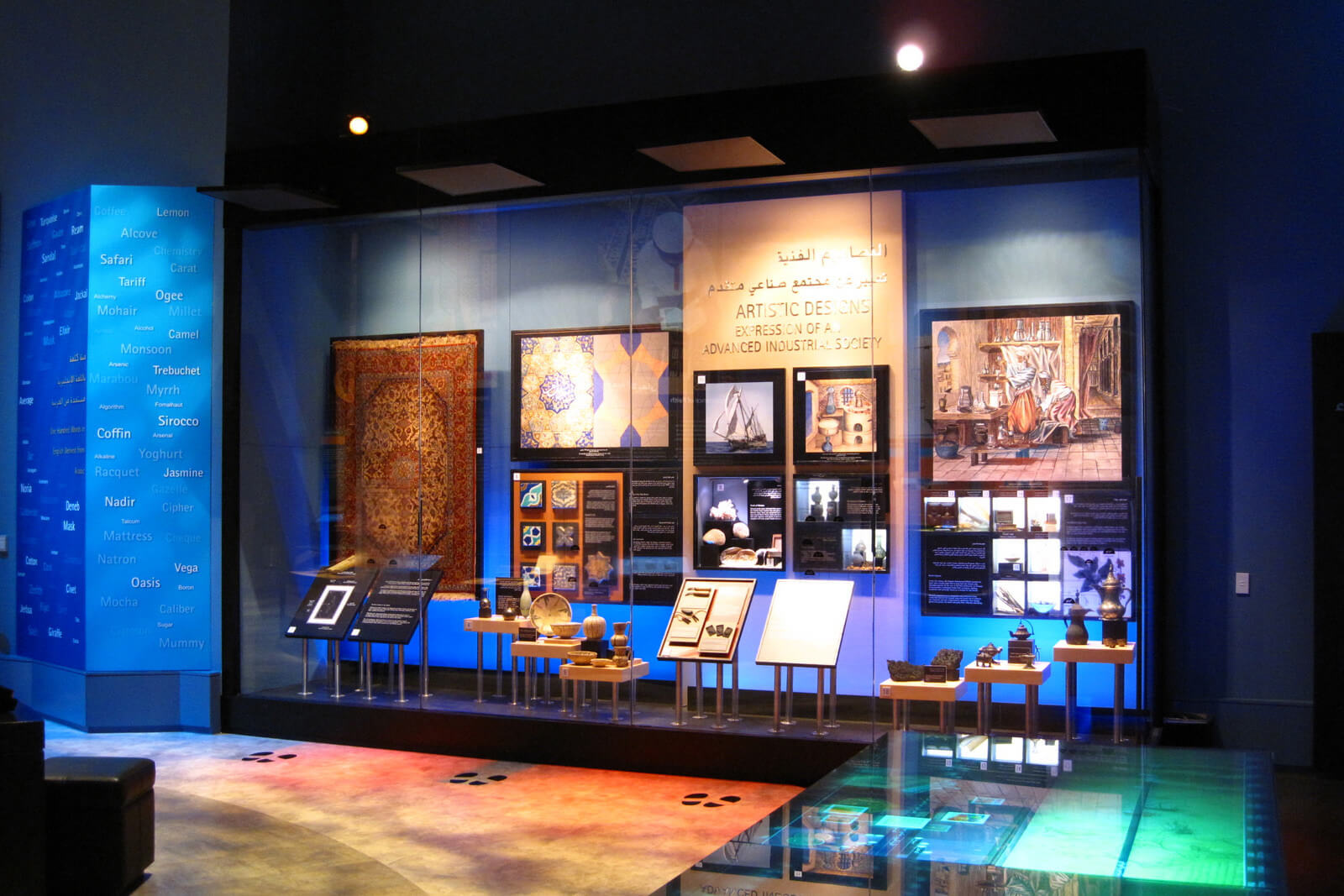Ancient disruptors of the Islamic Golden Age

Historian and imagineer Mike Bruton speaks at KAUST as part of the Enrichment in the Spring program, discussing the great disruptors of the scientific method from the House of Wisdom (Bayt al-Hikma), during the Islamic Golden Age. Photo by Ginger Lisanti.
The word "disruptors" is often bandied about these days in discussions about tech startups and Silicon Valley. The Cambridge dictionary loosely describes disruptors as those who change the traditional in which a paradigm operates—especially in a new and effective way. South African-born historian and imagineer Mike Bruton recently came to KAUST as part of the 2017 Enrichment in the Spring program to discuss great disruptors of the scientific method from the House of Wisdom, or Bayt al-Hikma, during the Islamic Golden Age spanning the 8th to the 13th centuries C.E.
"The scientists I'll describe today were not just pioneers, they were masters of their craft—most of whom were years ahead in their research," Bruton said during his KAUST keynote address.
The great Islamic scholars from Bayt al-Hikma made contributions in many different fields, Bruton noted, including introducing the concept of zero, which allowed mathematicians to explore orders of magnitude and decimals, and the debunking of the Greek theory of sight which said that rays emanated from the eyes.
"Today we use the term 'disruptive,' and this very much applies to the work they did because they didn't just build on the work of the ancients, they totally disrupted the direction of science and technology. They created new ways of doing things and looking at things," said Bruton.
The Dark Age that never was
Many people in the West and beyond believe that the period from the end of the Greek era to the Renaissance was essentially a scientific desert. As Burton explained, however, "Nothing could be further from the truth. It was a time of great scientific productivity carried out almost entirely in the Islamic world." The highly detailed chronicles of the work from these Islamic scholars laid the foundation for modern civilization.
A perhaps little-know fact is that the decision by UNESCO to name 2015 the International Year of Light was to mark the 1,000-year anniversary of the publication of Ibn al-Haytham's (965 to 1040 C.E.) famous book of optics. In this seven-volume treatise, Ibn al-Haytham completely revolutionized knowledge of how the eye works, how vision works and the properties of light. He was also the first to demonstrate that light bounces off objects from light sources like the sun or candles and enters our eyes.
"He was a serious disruptor in terms of contemporary thought," Bruton said.
The Bayt al-Hikma: a global incubator of ideas
Another relevant Silicon Valley concept is that of the incubator—a setting where potential disruptors are offered the space and resources to nurture their ideas. In this vein, Bruton purported that one of the reasons why science flourished under Islam during the Golden Age is because the caliphs and sultans of the time had strong ethics for the patronage of science.
"They considered it a prestige to have the greatest scholars, the biggest libraries, the best astronomical observatories and the most comprehensive House of Wisdom in their caliphate—it was a status symbol," said Bruton. "There was this 'ethic of innovation'—of constantly improving on the status quo."

The vast expanse of the Islamic world at the time, which stretched from Spain in the West to China in the East, meant that ideas were flowing. The Arabic language was also used very widely.
"There was this ethic of encyclopedism—in other words, they were compelled to write down their knowledge and pass it on to future generations," Burton explained, which means that a huge amount of effort was put into translation.
"The ancient works in Greek, Sanskrit and Persian and others languages were translated into Arabic to make them available to Arabic scholars and then subsequently into Latin and English," he continued.
Recording and sharing the memory of the ancient Islamic scholars
It was part of the Islamic scholars' work ethic to record their findings and research before they died. They were in fact great science communicators and took great care in detailing and documenting all aspects of their experiments, creations and discoveries.
Al-Kindi (801 to 873 C.E.), who is considered one of the 12 greatest minds in history, wrote a very detailed book in which he described the 50 mechanical devices and machines that he developed, and he provided accurate drawings of them. He played a major role in introducing Arabic numerals and zero into arithmetic—work that was carried on by the scientists who followed him.
Jabir ibn Hayyan (721 to 815 C.E.) is regarded as the father of quantitative chemistry who pioneered many of the techniques that are still in use today. He was a great experimentalist who sought to prove everything through experiments, and he helped establish the scientific method of testing an idea through experiment and observation. He was also a bit of an elitist, writing in a style that was intentionally out of reach for non-specialists of the time.
"Interestingly, the word 'jibberish' comes from Jabir ibn Hayyan's surname due to the quite intricate and complicated descriptions and specialized jargon of his work," said Bruton.
Ismail Al-Jazari (1136 to 1206 C.E.), another great innovator of the time, was an engineer and polymath best known as the father of robotics. He built a robotic man as well as various clocks, including the first portable clock and the impressive Elephant Clock. Al-Jazari detailed his work in The Book of Knowledge of Ingenious Mechanical Devices.

Although the research theses of the early Islamic scholars are well documented, they are unfortunately not well known in the West. Through his background in science and his interest in studying innovation and creativity, as well as pulling from his experience as a science communicator, Bruton has traveled the world with an exhibition showcasing the achievements of the ancient House of Wisdom. He was also a consultant for the construction of the KAUST Museum Of Science and Technology in Islam.
- By Meres J. Weche, KAUST News
Related stories:
- Enrichment in the Spring opens KAUST minds to wonders of human brain
- A taxonomy of great science
- Tiptoeing to inspiration

